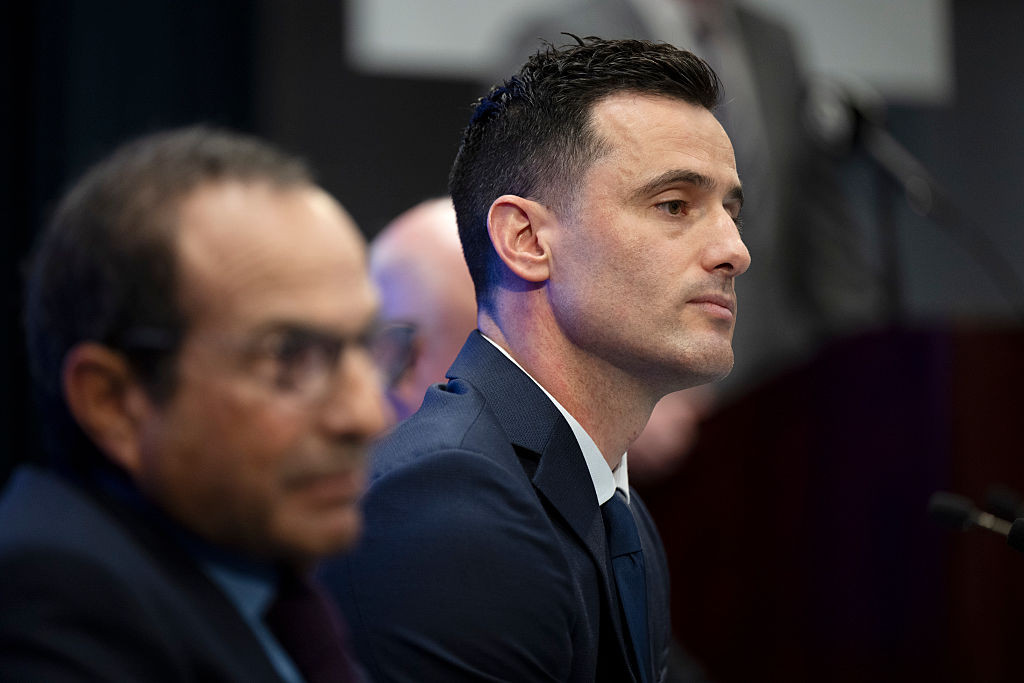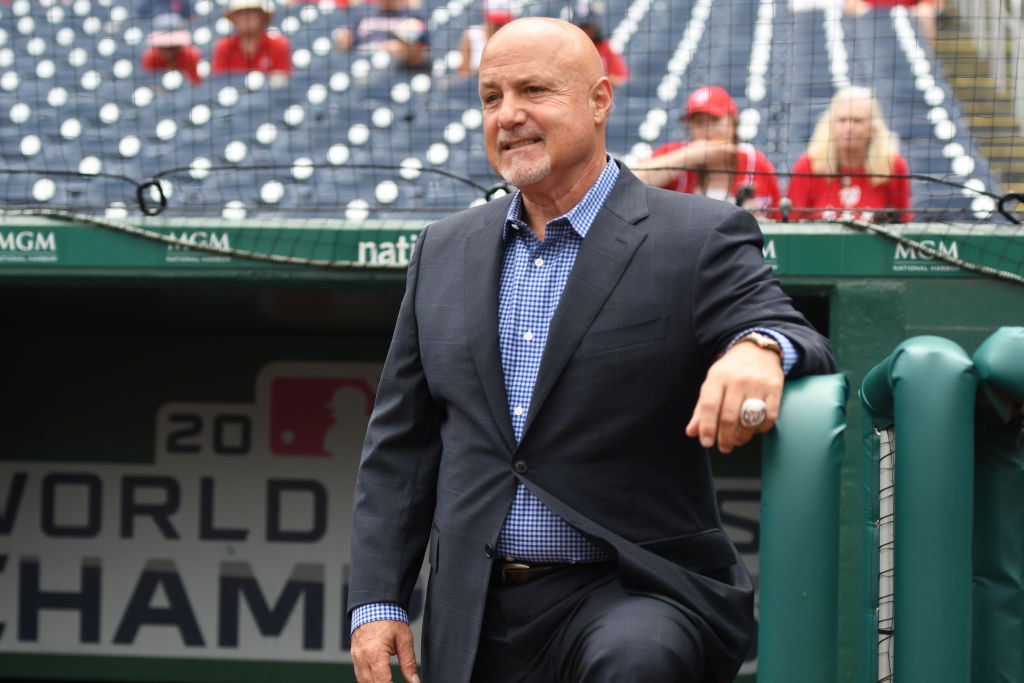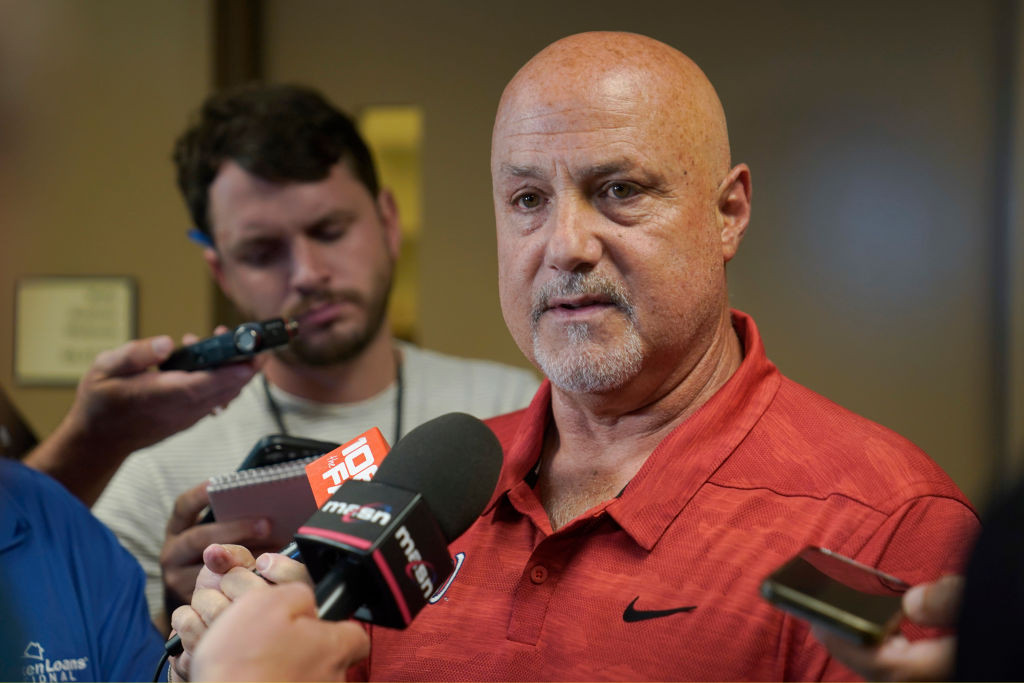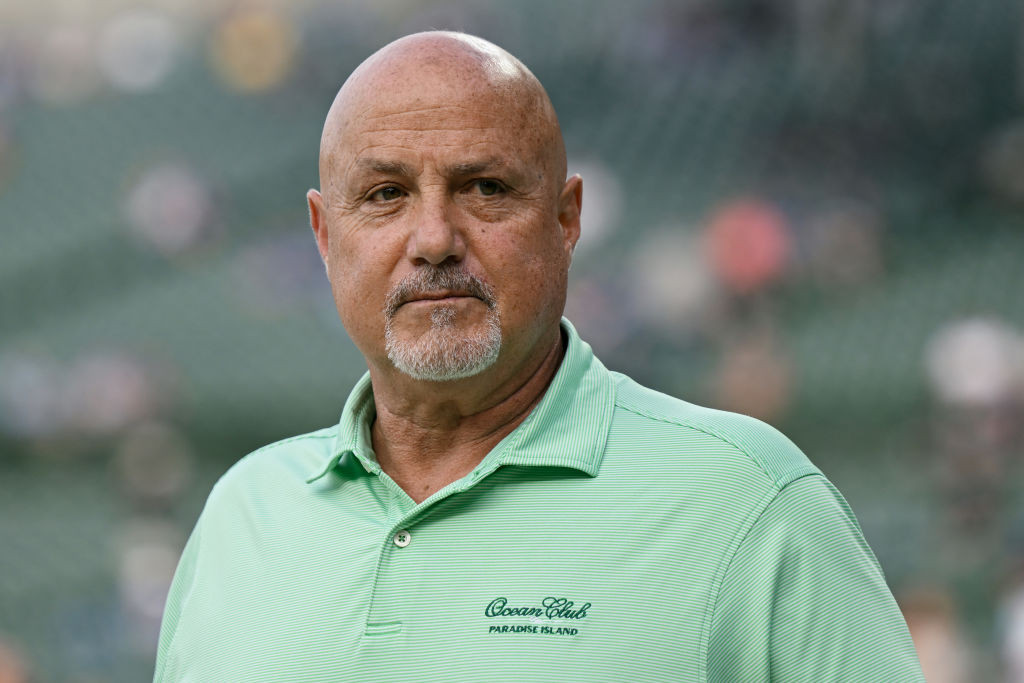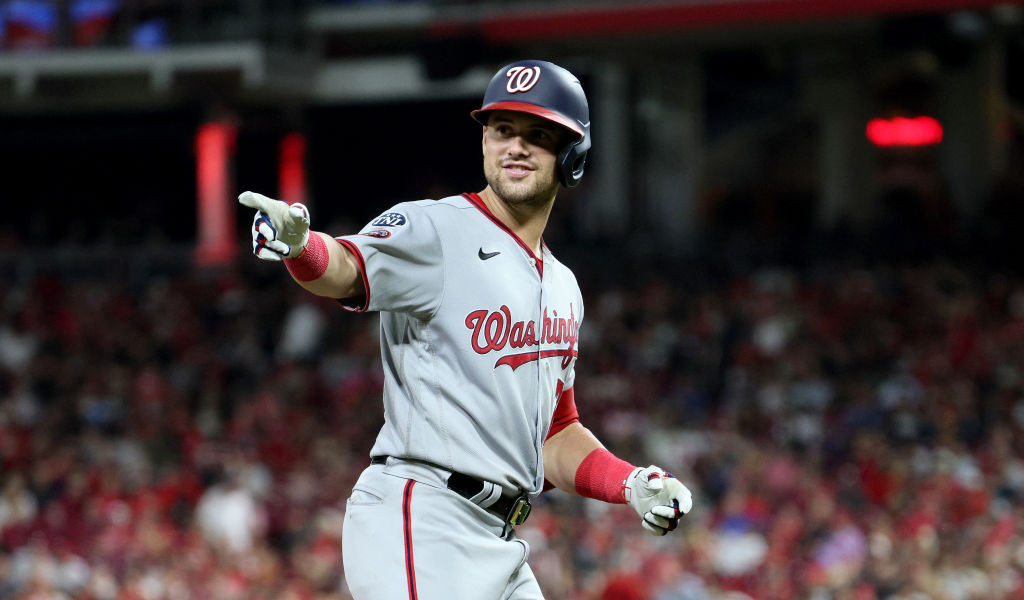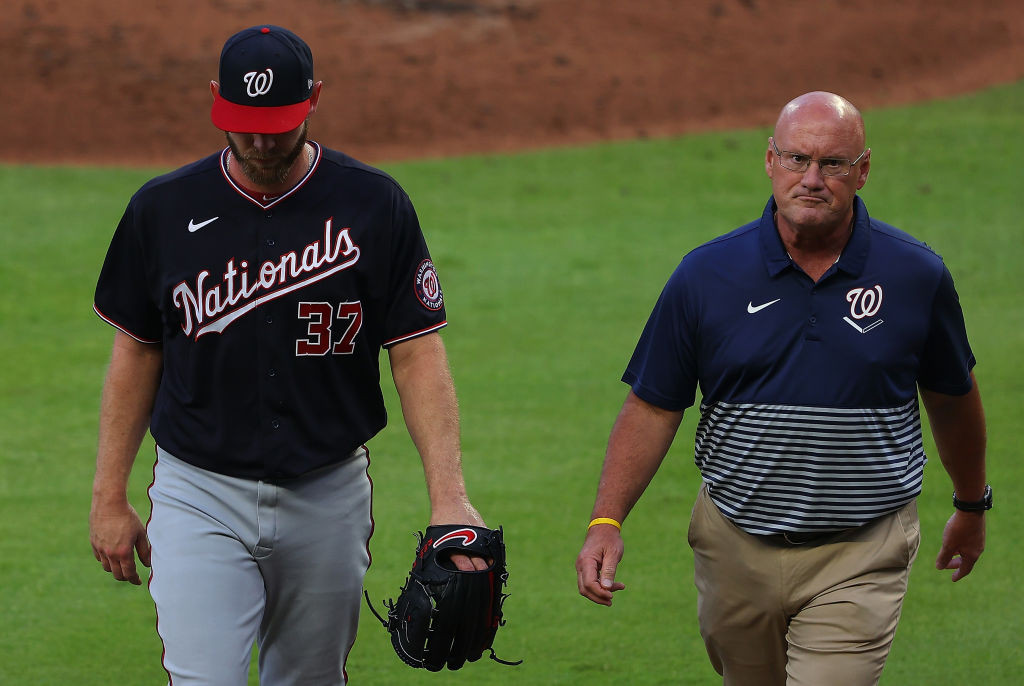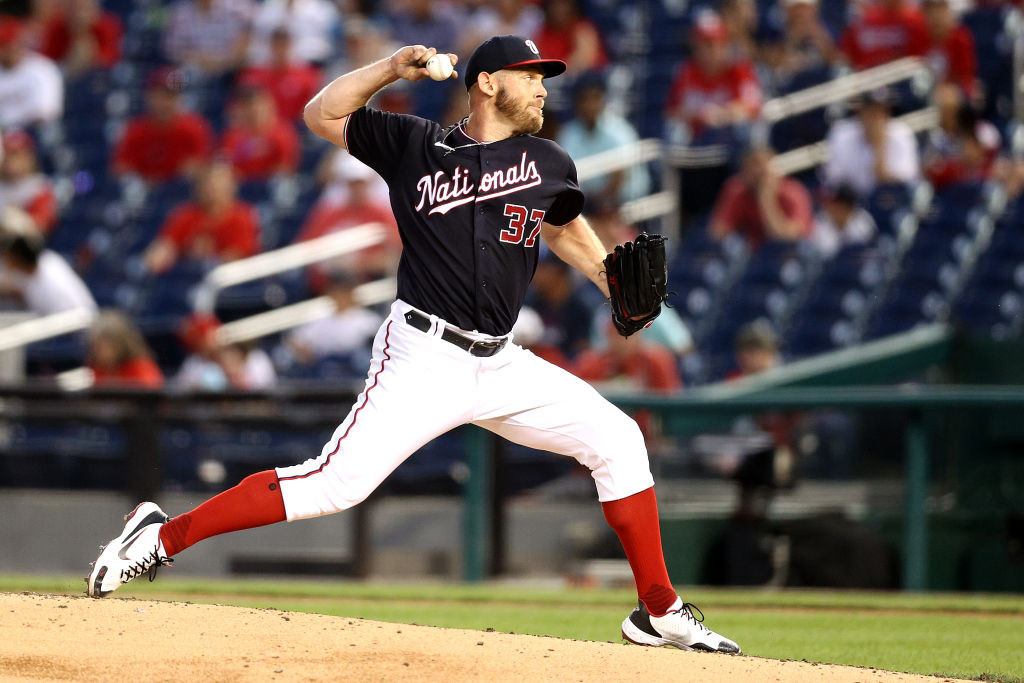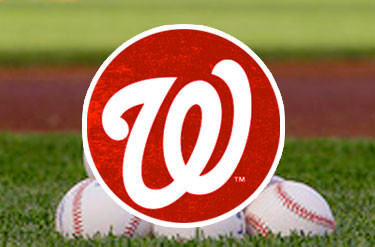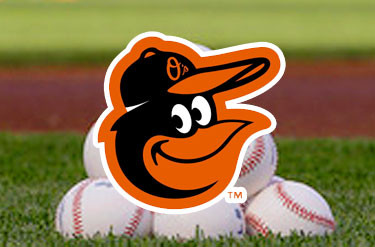In an offseason loaded with major questions, the Nationals have already answered two of the biggest ones: Who will lead baseball operations, and who will manage the big league club?
Among the high-ranking questions still to be answered: How much money will they spend compared to previous years?
That’s the kind of question that comes up every year, and it’s never really answered publicly in words by anyone. The answer only comes through actions, once you see what the team’s payroll is come Opening Day and once you learn what kinds of other investments have been made to strengthen the organization.
But it’s especially notable this winter because it’s widely believed Paul Toboni would not have taken the job as the team’s new president of baseball operations without some kind of understanding from ownership how much he would be allowed to spend.
Here’s what managing principal owner Mark Lerner said when asked that question Oct. 1 during Toboni’s introductory press conference:
As the dust settled from Friday night’s decision by the Nationals not to tender contracts to Kyle Finnegan and Tanner Rainey, a few follow-up thoughts came to mind.
One, they barely have any veterans on the roster anymore, with 24-year-old Luis Garcia Jr. (who debuted in August 2020) suddenly the most tenured player on the team.
Two, they have several holes to fill in their bullpen now, most importantly identifying a new closer.
Three, they’ve trimmed their financial commitments for 2025 and beyond down to an absolute minimum at this point.
Not that Finnegan had some kind of exorbitant contract, but the salary he would’ve commanded through the arbitration process this winter (likely between $8 million and $9 million) would’ve made him the highest paid player on the current roster.
It feels a bit like ancient history at this point, but it’s worth remembering the Nationals were consistently one of baseball’s highest-spending clubs for nearly a decade. For nine consecutive seasons from 2013-21, their year-end payroll ranked among the top 10 in the majors, peaking in 2019 at more than $205 million (fourth-highest in the sport).
That all changed in July 2021 when the franchise tore down its aging roster and embarked on a rebuild that continues to this day. The Nats ranked 18th in year-end payroll in 2022, 22nd in 2023 and 24th this season, according to figures calculated by Spotrac.
The organization’s approach to the last three offseasons was clear: The major league roster would be filled with short-term solutions while everyone waited for a revamped farm system to start producing the next wave of big leaguers. The Nationals spent a total of $22.25 million on major league free agents prior to the 2022 season, another $22.25 million entering 2023 and only $9.25 million entering this season. Only one player signed a guaranteed multi-year contract: Trevor Williams (two years, $13 million).
While frustrating to many, and subject to plenty of criticism, the approach was grounded in some actual baseball logic: It made little sense to spend big money on free agents until enough prospects made it to the big leagues and the team was ready to actually “go for it” again.
That logic was justified each of the last three winters. It’s not justified this time around.
CINCINNATI – Despite their limited action in free agency over the winter, the Nationals’ payroll has gone up a bit this year, a product almost entirely of returning players whose salaries increased via arbitration.
The Nats’ Opening Day payroll (counting 26 active players, plus five more who began the season on the injured list) is $107,566,629, according to Spotrac, which ranks 21st among all major league clubs. One year ago, that figure was about $94.5 million, which ranked 22nd.
Those totals count all money owed to players during the upcoming year, not any money that will be paid at a later date via deferrals.
The Nationals did very little in free agency during the offseason, signing only three players to major league contracts: Joey Gallo ($5 million guaranteed), Dylan Floro ($2.25 million) and Nick Senzel ($2 million). They did sign four more veteran free agents to minor league deals during spring training who wound up making the roster: Eddie Rosario ($2 million guaranteed), Jesse Winker ($1.5 million), Matt Barnes ($1.5 million) and Derek Law ($1.5 million).
All told, the Nats spent only $15.75 million on free agents, down from $18.25 million the previous offseason.
After a sustained run as one of baseball’s highest-spending clubs, the Nationals have morphed into one of the sport’s lower-spending clubs over the last 12 months. Given the state of the franchise’s rebuild, that’s not unexpected. Teams focused on identifying young pieces for the future don’t boast high payrolls.
But the question remains on the minds of so many right now: When will the Nats decide it’s time to spend big again, and what will that look like?
Reading tea leaves from club officials, it doesn’t sound like a splurge is coming this winter. They’re still focused on identifying those long-term parts to the puzzle. Once they have a better sense what they already have, they may be more inclined to spend money to acquire what they don’t have.
But even if they don’t go big yet, there’s reason to believe payroll will increase in 2024. Not by a lot, but some.
First, some background: From 2013-21, the Nationals ranked in the top 10 in the majors in end-of-season payroll every year, with a club record $205 million payroll (fourth-highest in baseball) during the 2019 World Series run.
There’s still time for things to change – for the team to sign another player or two, for others to make the club off minor-league deals, for someone to get hurt – but with eight days to go until pitchers and catchers report to spring training, we have a pretty good idea what the Nationals’ payroll is going to look like this season.
What it’s going to look like: A lot less than we’ve been accustomed to seeing from this franchise over the last decade.
Monday’s announcement that Victor Robles had avoided arbitration and agreed to a $2.325 million salary was the final significant piece to the puzzle. At this point, everybody who figures to make the Nats’ Opening Day roster either has a set salary or will be making close to the league minimum of $720,000.
And when you add up the salaries of the projected 26-man roster, plus a couple guys who will probably begin the season on the injured list, you get a grand total of $99,291,667. That’s a dramatic drop-off in salary commitments in the span of only two years.
The 2021 Nationals boasted an Opening Day payroll of $183,122,247, which ranked sixth out of 30 Major League Baseball clubs, according to Cot’s Contracts. That marked the ninth consecutive season they ranked among the top 11 teams in the sport in Opening Day payroll, the highest number coming in 2019 when they ranked fourth with a payroll of $197,203,691.
For nearly a decade, the Nationals had one of the most successful and competitive rosters in baseball. They also had one of the most expensive rosters in the sport.
Each year from 2013-2021, the Nats finished with a payroll that ranked in the top 10 in the majors. Twice, they exceeded Major League Baseball’s luxury tax threshold, all in an attempt to finally win big in October.
That’s not the case anymore, and it probably won’t be the case again for a while.
After tearing down much of their roster during the 2021 season, the Nationals entered this season with a $135.4 million payroll that ranked 17th in the majors. Final figures haven’t been tabulated yet, but that ranking certainly went down by season’s end after Juan Soto and Josh Bell were traded to the Padres.
All of which leaves the franchise with as little commitment to player salaries heading into an offseason as has been the case in a long time.

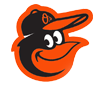
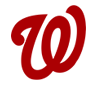

-1745819772711.png)
